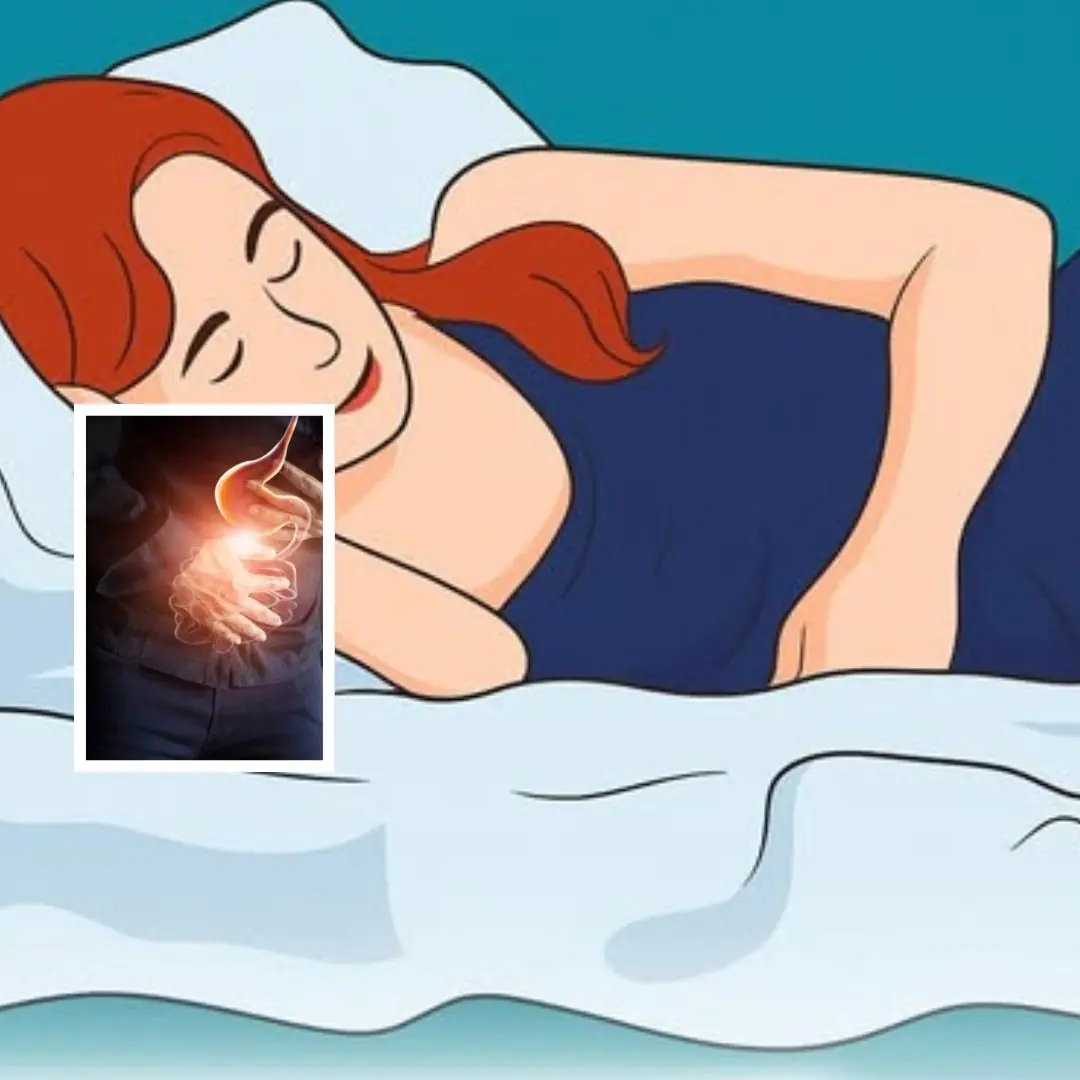
Snake-Magnet Plants You Should Avoid Growing Near Your Home — No Matter How Beautiful or Fragrant They Are
Snake-Magnet Plants You Should Avoid Growing Near Your Home — No Matter How Beautiful or Fragrant They Are
Some plants, while attractive and even valuable for their medicinal or ornamental purposes, can act like magnets for snakes. If you have any of the following species growing around your home, you should consider removing them or planting them farther away from main living areas to ensure safety.
1. Pineapple Plants – Their Sweet Scent Attracts Snakes
Pineapples are loved for their sweet, vitamin-rich fruit and easy maintenance, making them a common choice in home gardens. However, the distinct aroma of ripe pineapples can attract insects and small animals — a favorite prey of snakes. Experts advise planting pineapples only in large gardens, away from patios, porches, or main living zones.
2. Dense-Climbing Vines Like Bougainvillea
Vining plants like bougainvillea offer great shade but can unintentionally create ideal hiding spots for snakes — especially green pit vipers, which prefer dense foliage to stalk their prey around dawn and dusk. If you love these vines, be sure to prune regularly and keep the base of the plant clear of overgrowth.
3. Night-Blooming Jasmine and Queen of the Night – Fragrant, But Risky
These night-fragrant flowers are prized for their strong, captivating scent. Unfortunately, that very scent can lure in insects, frogs, and even rodents — all prime snake food. Snakes are often found hiding in such bushy plants where prey is abundant. If you choose to plant these flowers, keep them neatly trimmed and avoid letting their branches grow too close to the ground.
4. Purple Cardamom – A Valuable Medicinal Herb That Attracts Trouble
Purple cardamom is a treasured herb in traditional medicine, often used to treat indigestion and stomach pain. However, its sweet aroma can attract rodents like mice and porcupines, which in turn draw snakes. Growing this plant near your home could unintentionally turn your garden into a gathering spot for these animals — and for snakes hunting them.
5. White Leadtree (Plumbago) – Beautiful but a Hidden Risk
This plant features clusters of delicate white flowers with a light fragrance. In summer, especially from May to June, it blooms profusely and releases a scent that, according to local lore, may attract snakes from afar. Its dense foliage also provides great cover for snakes, especially if planted too close to the house.
6. Hedyotis Diffusa – Medicinal Plant Also Known as “White Snake Tongue”
Also referred to as "white snake tongue" in folk medicine, this herbal plant thrives in moist, shady environments. Its white blooms are eye-catching, but many believe that areas where this plant grows are more likely to be home to snakes. While scientific evidence is lacking, the plant’s preferred humid and overgrown habitat is undeniably attractive to snakes.
Tips for Planting Safely Around the House
When selecting plants for your home garden, it’s essential to consider your available space, the specific environment, and the plant’s biological characteristics. For plants known to attract snakes, make sure to:
-
Plant them far from living areas
-
Regularly clear weeds and prune foliage
-
Keep the plant base clean and airy
-
Avoid letting vegetation become too dense or overly shaded
Not all plants are safe to grow near the home. To avoid unexpected and potentially dangerous snake encounters, carefully research your choices — especially plants that attract rodents or insects. Maintaining a clean, uncluttered garden is one of the most effective ways to keep your home safe from unwelcome reptilian visitors.
News in the same category


Boil eggshells and say goodbye to waste: The surprising uses you need to know

Cooking Rice with This Milky-White Liquid Is Far Better Than Using Plain Water: Tastier Rice, Better Skin, and Protection Against Many Diseases

The First Steps to Take After a Snake Bi:te

Garlic skins may seem useless, but they can be surprisingly helpful in daily life

Mixing Toothpaste with Salt: Surprising Uses and Benefits You Can Try at Home

The ring you pick will reveal your truest trait
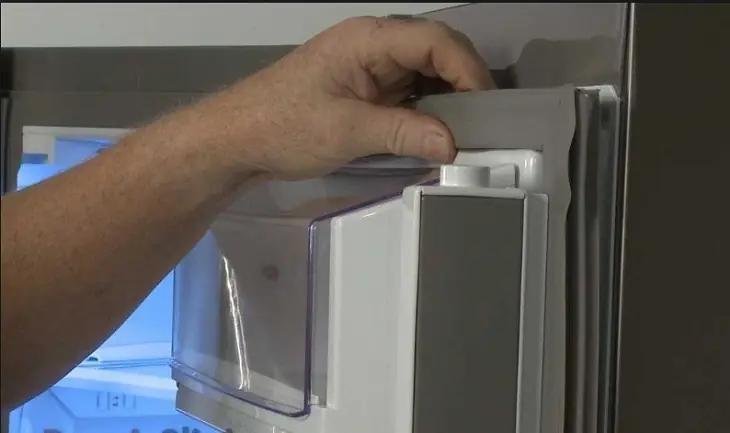
The right way to clean your refrigerator’s rubber door seal

Oversalted your dish? Don’t dilute it with water—add this one ingredient to balance the flavor fast.
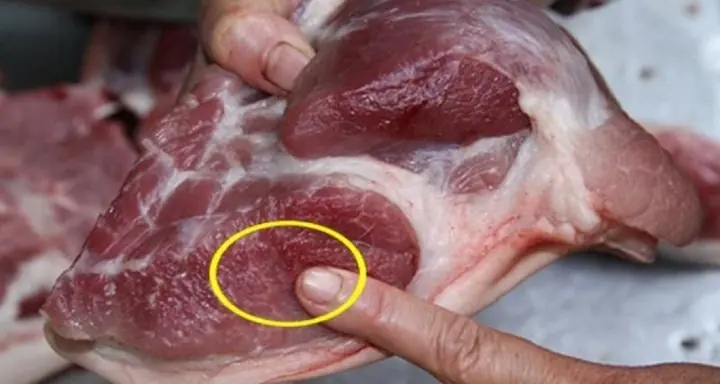
Butcher’s Honest Advice: When Buying Pork, It’s Best to Avoid These Three Types — Only the Uninformed Like Them

How to Effectively Remove Black Mold Spots from Household Items

Many people cook rice every day—but still get it wrong: 4 simple tips for tastier rice and better digestion

Little Black Bugs in the Bathroom? Here’s What They Are & How to Get Rid of Them for Good

Add a Few Drops of Oil to an Onion: A Simple Home Trick That Repels Mosquitoes and Improves Sleep

To prevent snakes from entering your house, you can apply the following methods.
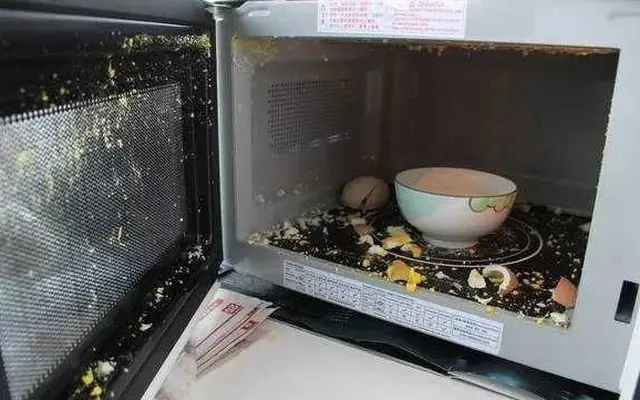
Never reheat these 5 items in the microwave!
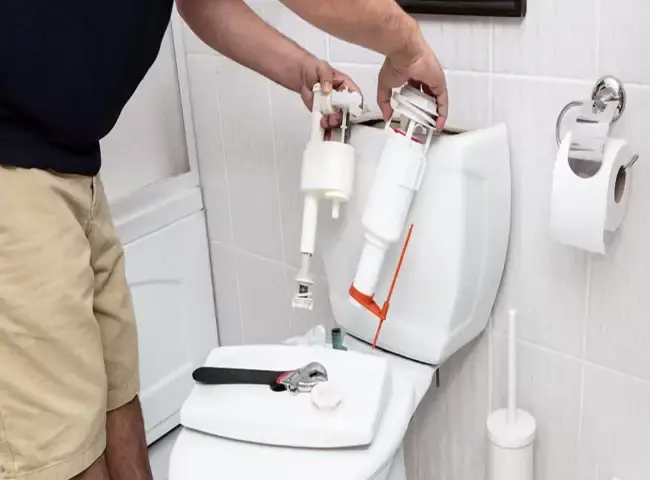
How to Fix a Weak Toilet Flush at Home - No Technician Needed

This small fridge button can significantly cut your electricity bill

How to Tell Real Baby Formula from Fake: What Every Parent Needs to Know

Smart tips to get rid of cockroaches and maintain a clean, fresh home
News Post

Mexican Shrimp Cocktail
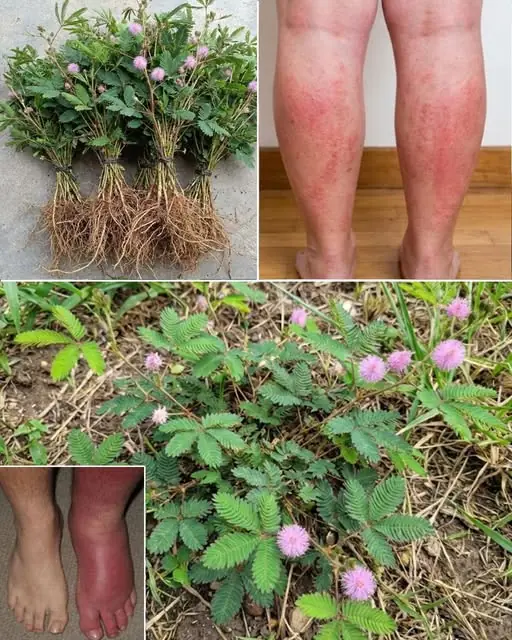
The “Sensitive Plant” (Mimosa pudica): Traditional Uses and Folk Remedies Trusted for Generations
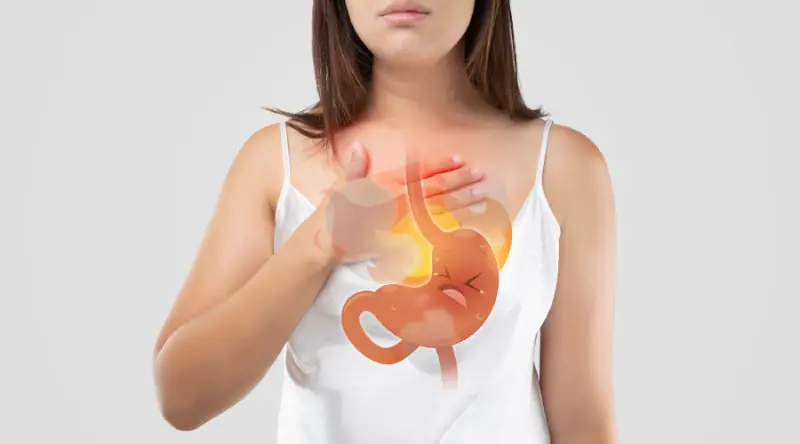
8 warning signals that your digestive condition should not be ignored
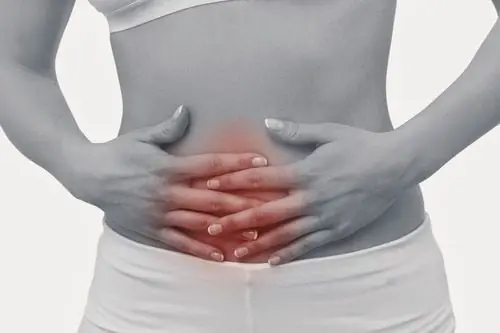
Why Does the Vagina Smell Sour? 4 Common Causes Every Woman Should Know

Backed by Research: 3 Fruits That Support Liver Health and Control Sugar and Cholesterol

3 Eye Warning Signs That May Signal Stroke or Cancer — Don’t Ignore Them
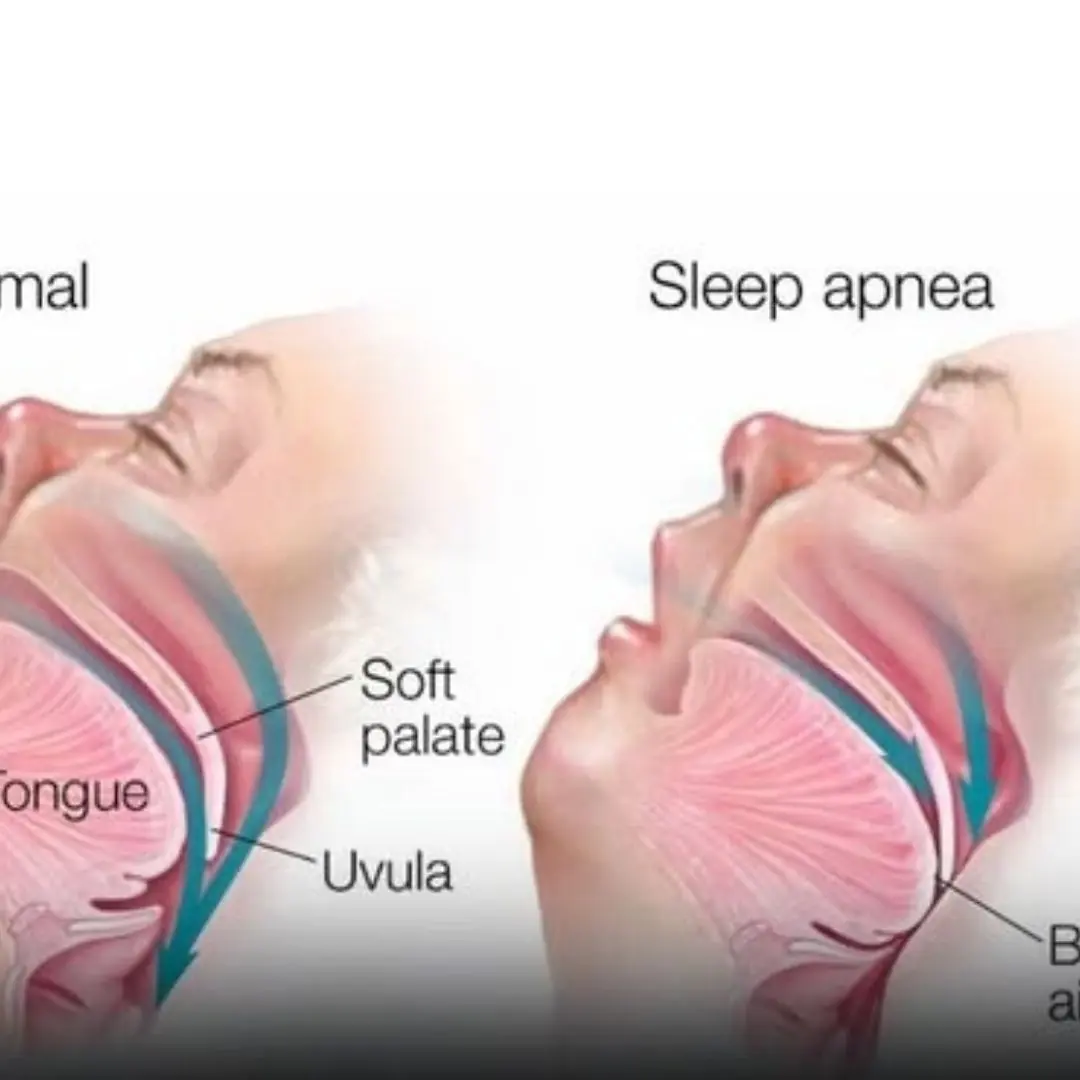
4 Signs You Might Have Sleep Apnea

Top 13 Inflammatory Foods You Should Avoid (Replace with These)
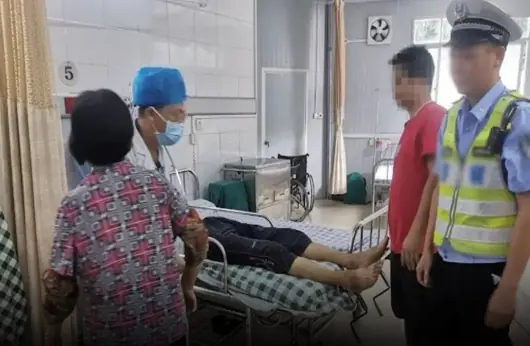
A 40-Year-Old Man Suffers a Stroke After Dinner: Doctor Points Out 3 Critical Mistakes
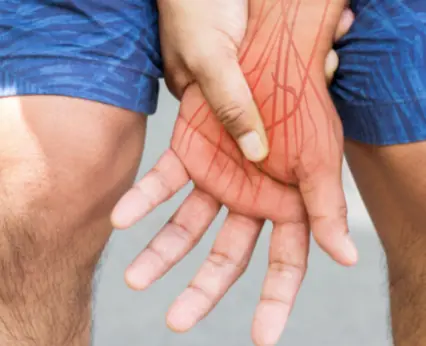
These 9 Nutrients Will Shockingly Heal Nerve Damage!
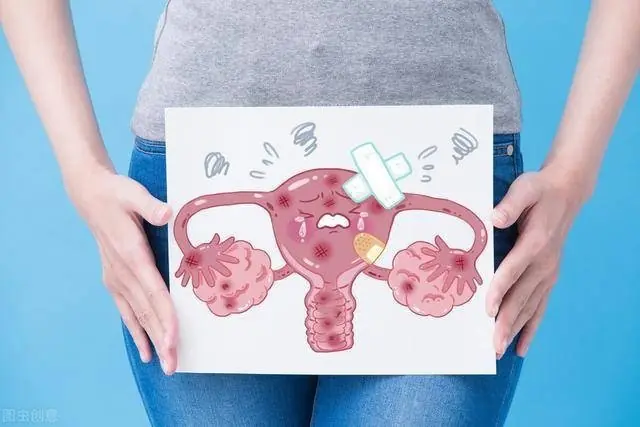
Heartbroken Mother: “I Kept Telling Her to Quit That Habit, But She Never Listened”
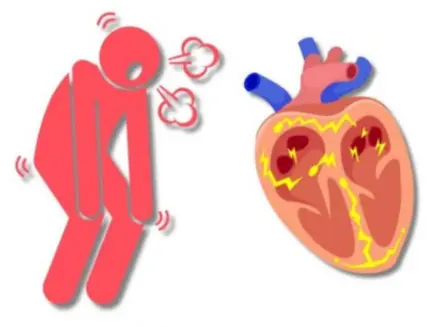
Top 10 Symptoms of LOW Potassium You May Be Ignoring
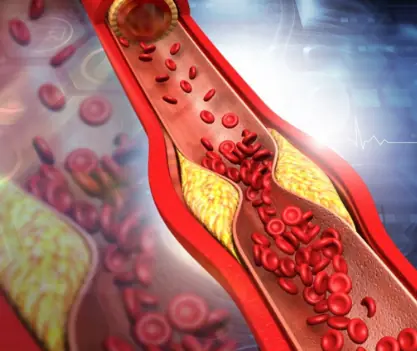
The daily drink that helps clear blocked arteries naturally

Housewives should pay close attention to these common supermarket items
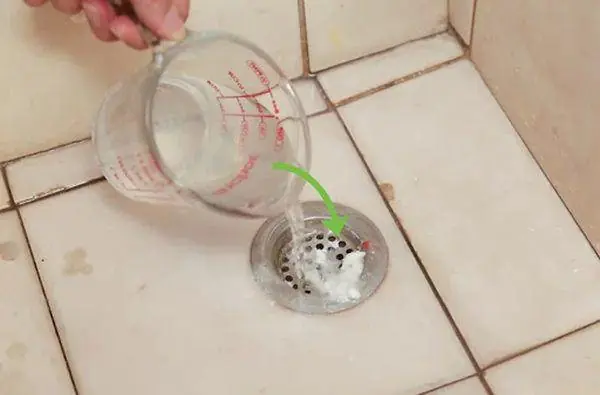
Have you ever wondered why people pour hot water into the drain?

This food is considered the most dangerous in the world it cla.ims over 200 lives each year, yet millions still consume it

Early warning signs of diabetes that most doctors don't even know

Signs of calcium deficiency that you may not be aware of

How to drive away an entire rat colony using simple household ingredient
